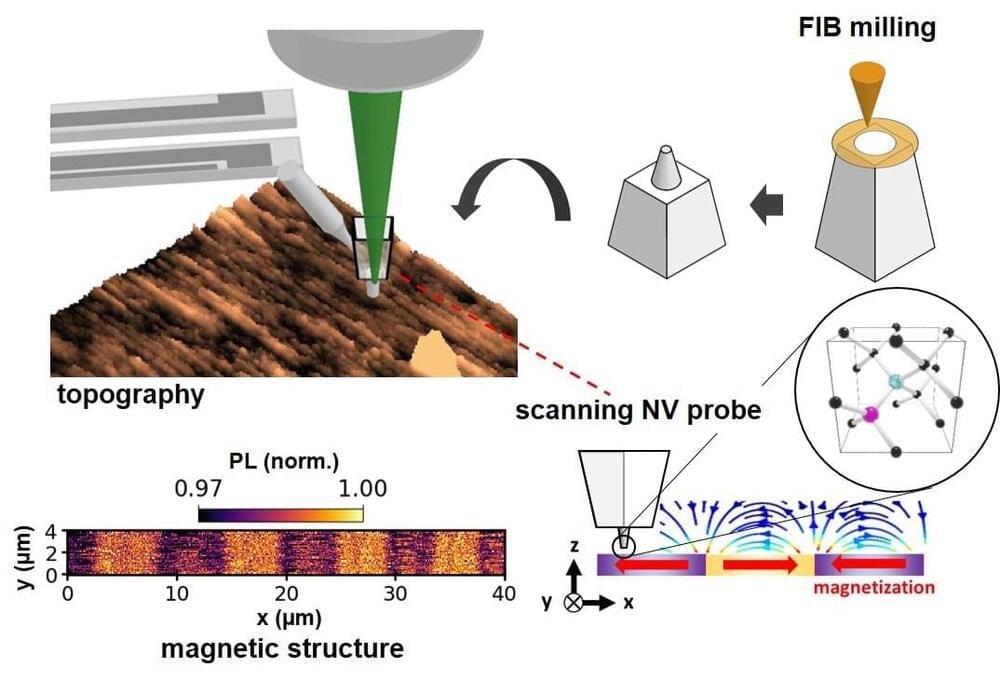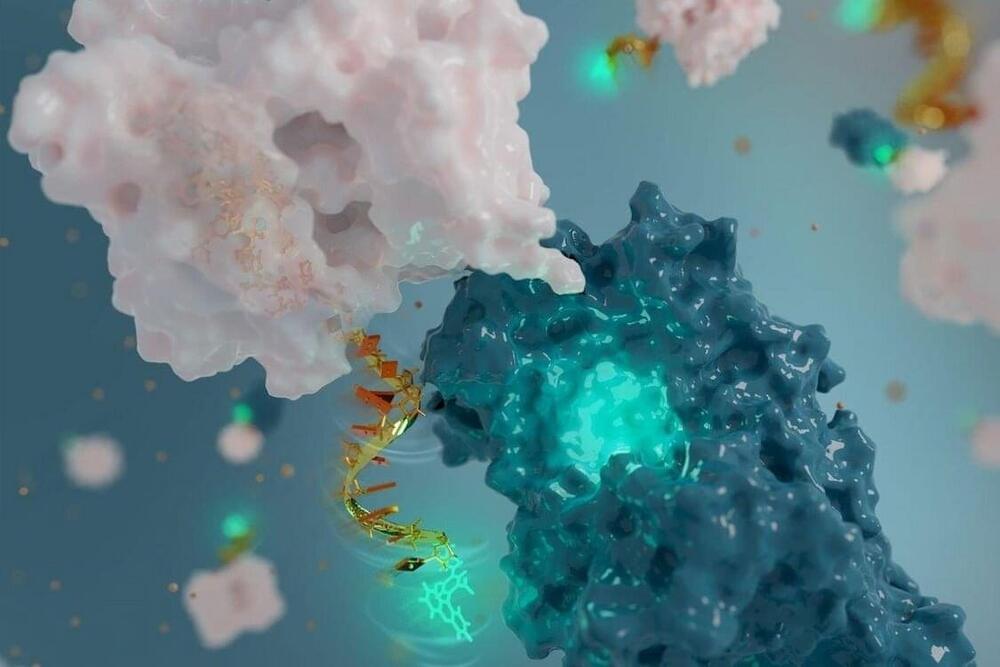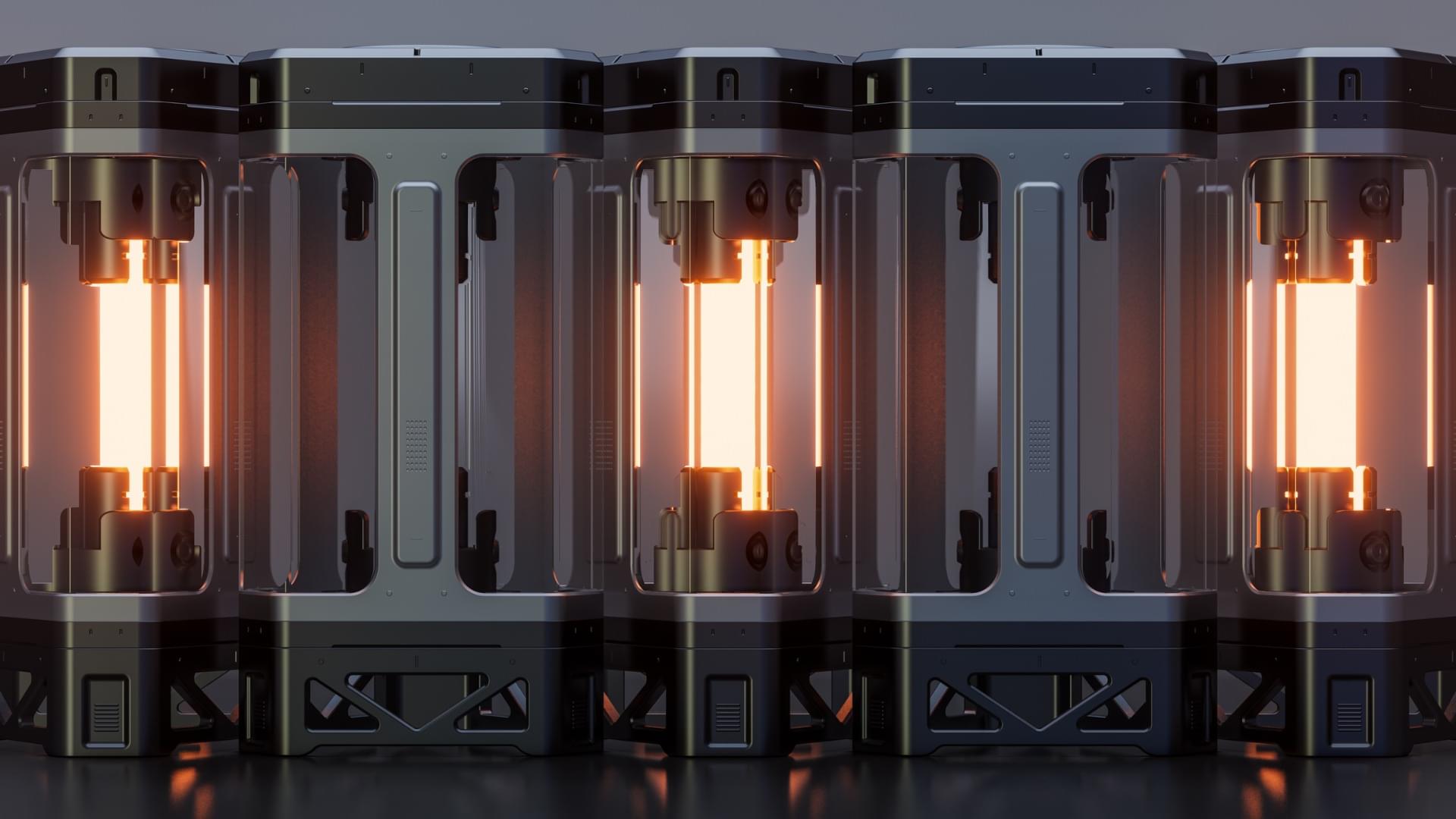A University of Melbourne-led team has perfected a technique for embedding single atoms in a silicon wafer one-by-one. Their technology offers the potential to make quantum computers using the same methods that have given us cheap and reliable conventional devices containing billions of transistors.
“We could ‘hear’ the electronic click as each atom dropped into one of 10,000 sites in our prototype device. Our vision is to use this technique to build a very, very large-scale quantum device,” says Professor David Jamieson of The University of Melbourne, lead author of the Advanced Materials paper describing the process.
His co-authors are from UNSW Sydney, Helmholtz-Zentrum Dresden-Rossendorf (HZDR), Leibniz Institute of Surface Engineering (IOM), and RMIT Microscopy and Microanalysis Facility.






